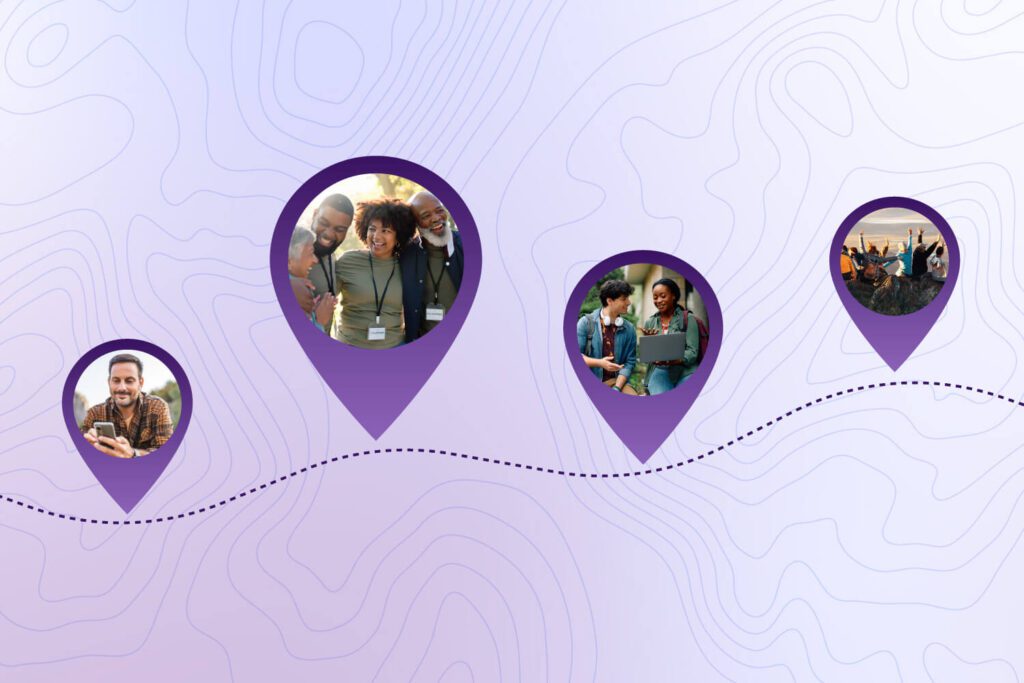4 frequently asked questions about emailing donors

Emailing donors is a must for your nonprofit organization’s marketing strategy. After all, it has the highest return on investment (ROI) of any marketing channel. However, your ROI depends on the quality and quantity of your emails to donors. To help you perfect your nonprofit email marketing campaign, here are the answers to four frequently asked questions about emailing donors.
1. If your nonprofit has events that overlap with each other, should youmake appeals for both?
This depends on the audiences for the events. For instance, let’s say you have a fundraiser that’s a week after Giving Tuesday and you want to send emails for both. Consider if the audience for the event is likely to have the same communication preferences as the Giving Tuesday audience – which is typically social media and email. If they have different communication preferences, send an appeal for each. Someone not interested in the standalone event may find Giving Tuesday a great way to support you, so don’t hesitate to send an appeal for each.
2. How do you make your emails interesting?
This answer varies depending on the nonprofit. Try to think of your communications in terms of the value you provide to the reader. Your might be sending your email to educate them about your cause, inspire them to give, ask them to fill out a survey, update them on your program progress, share success, or highlight beneficiaries. Determine your email’s purpose and keep your message focused on this purpose.
Don’t forget to include other features in your emails to get more recipients to open them, such as:
- An attention-grabbing subject line
- Personal information, such as the recipient’s name
- A casual tone that makes the interaction feel like it’s a friendly conversation
- Photos of beneficiaries and your volunteers in action
- Beneficiary stories as social proof that your nonprofit is effective
- A call to action that inspires the recipient to get involved
- A link to your online donation form or volunteer sign-up form
Even cut-and-dry informative emails can benefit from these techniques and achieve better results for your nonprofit. Make sure your emails are short and sweet, and send updates to make a short and direct message when new updates arise so your supporters so they can stay in the loop.
3. How should you segment your donor email list?
Targeting your outreach with segmentation allows your donors to get the most relevant information based on their demographics and preferences. Some segmentation criteria you can apply include:
- Past donation history
- Engagement level
- Demographics, such as age, income, and location
Pick your criteria based on the purpose of your email and the make-up of your nonprofit community. Then, gauge response rates to see if the segment responds well and adjust your future outreach accordingly.
4. Is it possible to send too many donor emails too often?
Yes, it’s possible to spam donors with email communications. The key is to strike a balance between staying top-of-mind with your donors and respecting their time and inbox space.To do that, take a planned approach to your email marketing campaigns so you don’t alienate your supporters. For example, you can limit the number of emails coming through by sending your messages once a week or every two weeks.
Be especially mindful when emailing lapsed donors, as you want to keep their attention without seeming pushy. Consider emailing this segment less frequently than your active donors and sending universally accessible impact messages to get them involved again.
Putting your email campaign into action
Now that you understand how emailing donors works, it’s time to take action. Gather information about email open rate and conversion rate so you know if your emails are engaging your recipients. Remember to compare these rates with those of your other marketing channels so you understand if emails are performing well comparatively. As long as you write your emails with donors in mind, you can maximize your marketing ROI and strengthen your donor community.
Ready to Get Started?
Work with Bonterra



